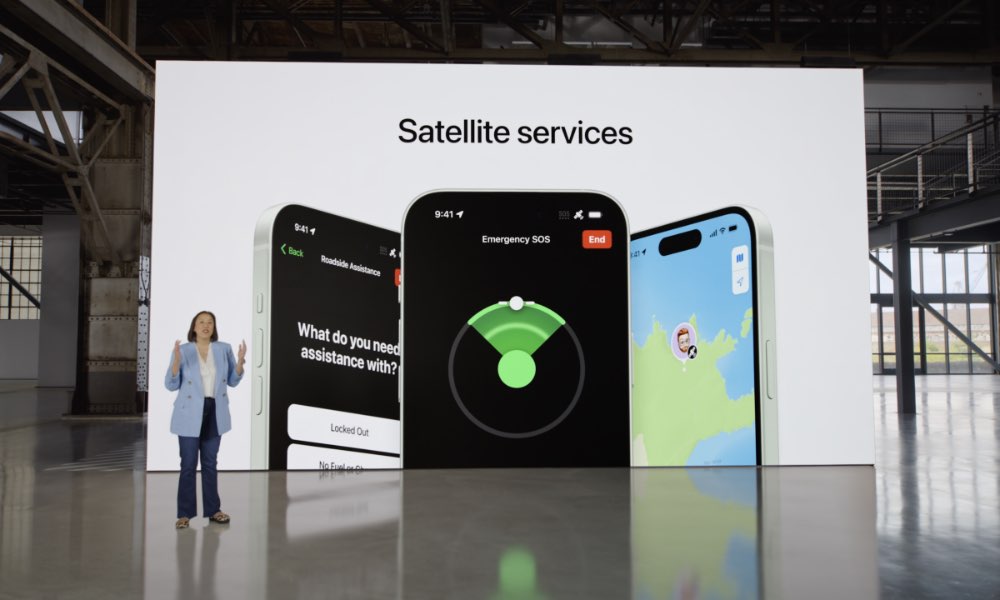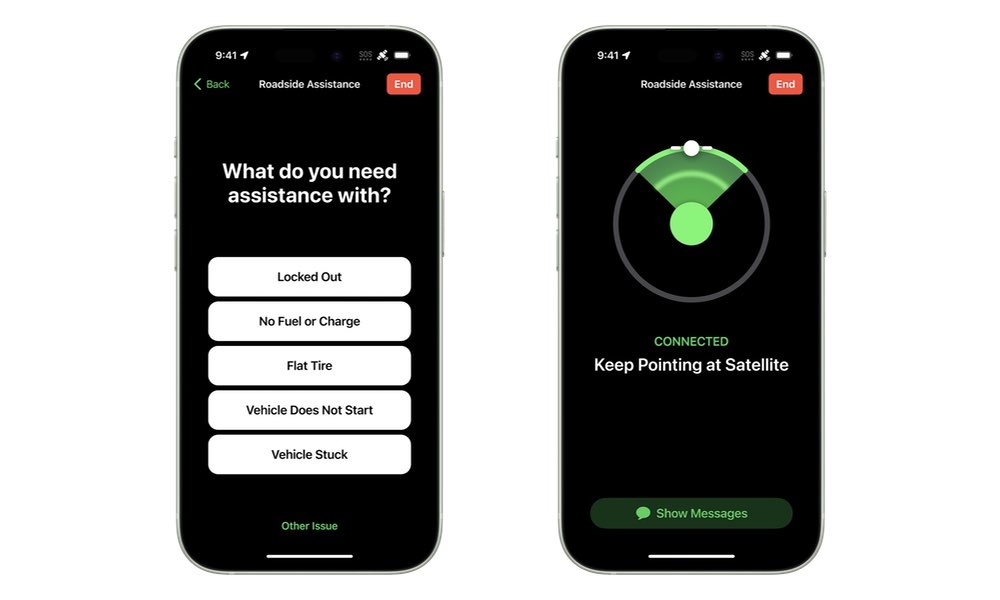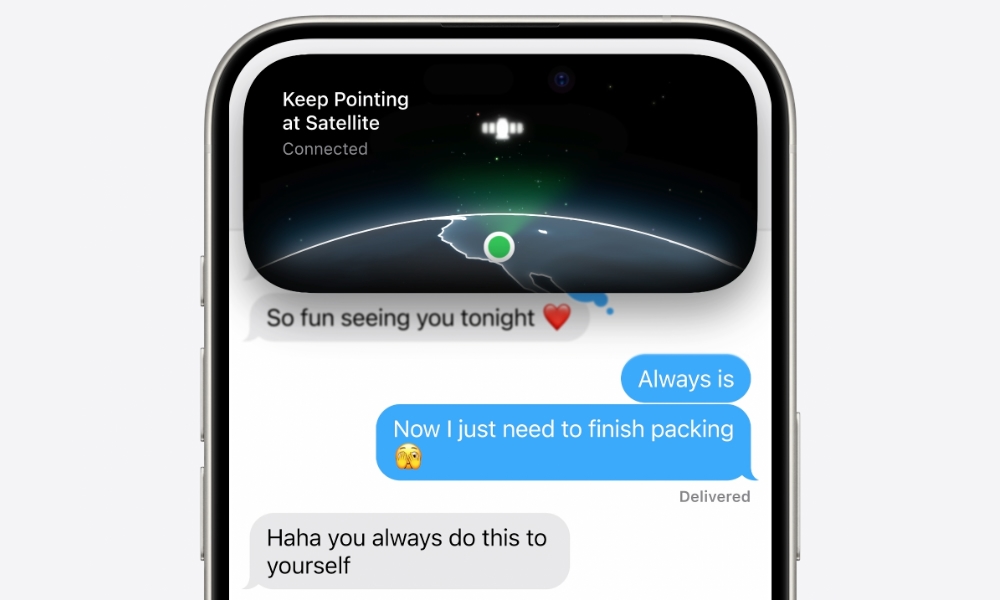Apple’s Expansion of Satellite Communication Approved by the FCC

Toggle Dark Mode
In the past year, Apple has added a host of new safety features based upon Direct to Device satellite connections. Late last year, Apple added roadside assistance via satellite for Verizon customers. It went on to add Emergency SOS via Satellite for iPhone 14 users. At this year’s WWDC, Apple revealed iPhone 14 models and later would support Messages via satellite in iOS 18 when users are out of cellular and Wi-Fi range. Just recently, the FCC approved a request from Globalstar, Apple’s satellite partner, to beef up its satellite network, potentially clearing a path for Apple to increase its Direct to Device satellite service options.
The FCC’s Order

In an August 16 order, the FCC authorized Globalstar to,”…deploy and operate up to 26 non-geostationary orbit (NGSO) space stations in low-Earth orbit (LEO) to replenish and enhance its constellation in the provision of mobile satellite service (MSS) in the “Big LEO” frequency bands.” The order goes on to permit Globalstar to deploy up to 17 replacements satellites, with more potentially deployed in the future after the FCC’s approval of an “updated orbital debris mitigation plan.” Globalstar’s mobile satellite service has been in operation for more than 20 years, servicing more than 760,000 end user customers. The FCC noted millions more could potentially benefit from its direct to handset emergency service. Globalstar seems positioned to move fast, with intentions to deploy 8 of these replacements satellites prior to the end of 2025.
Globalstar’s efforts were met with some resistance from Elon Musk’s SpaceX. SpaceX claimed the satellites could interfere with other systems and create debris (aka space junk). However, the FCC disagreed and allowed Globalstar to proceed, subject to certain limitations. There seems to be an interesting cosmic battle to control satellite services around the world, and Apple is a major player.
As for the rulings implications for Apple, it appears that its satellite communication offering is positioned to expand. Previously, there were concerns that satellite messaging services might ultimately come with a price to users. So far, that’s not the case. It’s also still largely unknown if Messages via satellite will include the ability to send emojis, photos, and videos, or be relegated to basic text and emergency communications. Regardless, it’s exciting that Apple continues to add lifesaving features to its latest iPhones. For those travelers and adventurers, Apples satellite communication services should definitely be a major factor while deciding whether or not to upgrade to an iPhone 14 or later.








